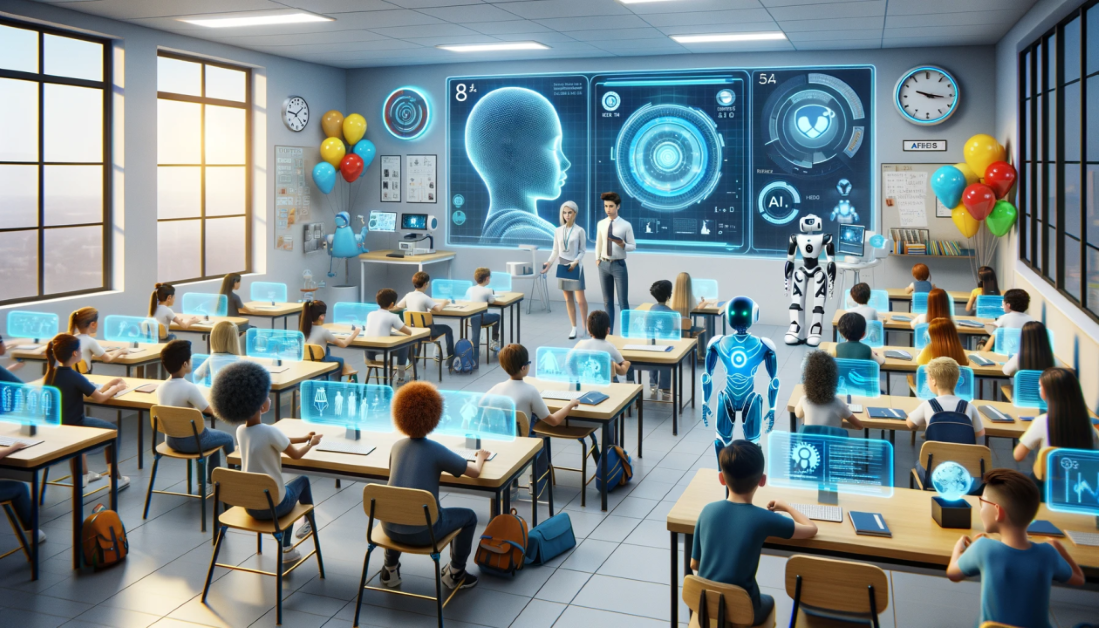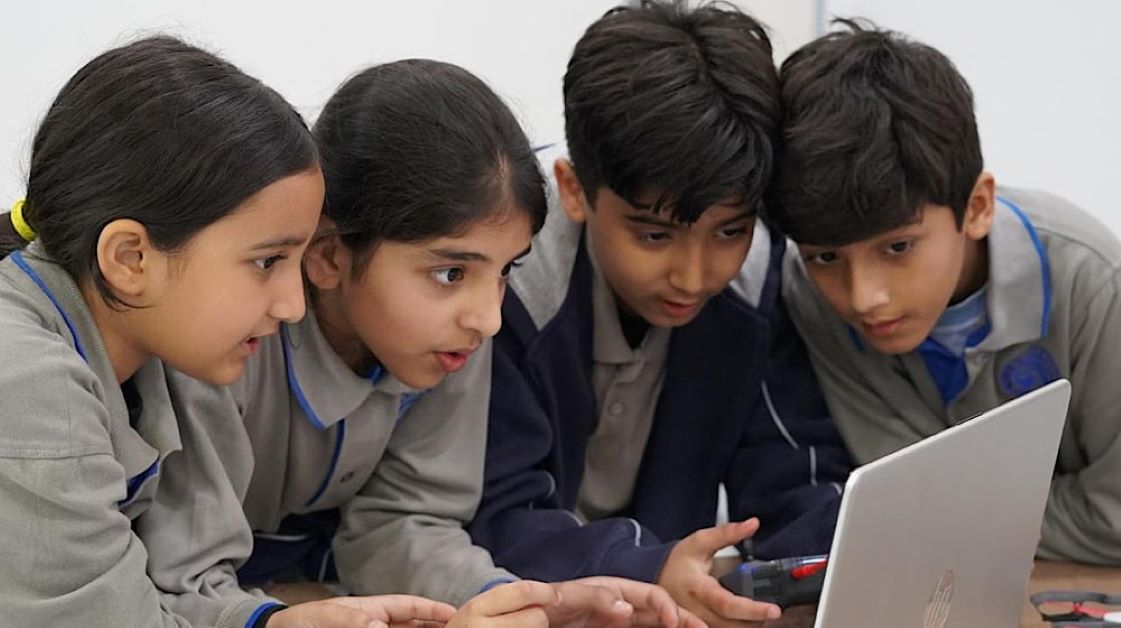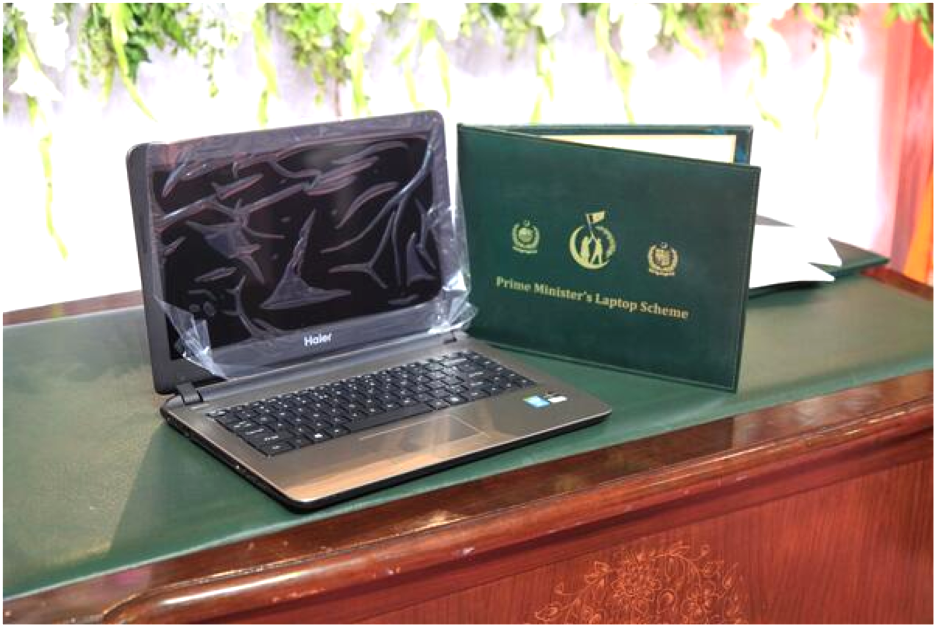Education has seen a remarkable transformation from Chalkboards to Chatbots over the last few decades. What once began with simple chalkboards and textbooks has evolved into an era dominated by advanced digital tools, artificial intelligence, and smart technologies. As we continue to embrace these innovations, the future of teaching is poised for even greater changes. This article delves into the shift from traditional teaching methods to modern, tech-driven solutions, the rise of AI-powered chatbots in classrooms, and what lies ahead for educators and students.
The Journey of Teaching Tools
In the early days of education, chalkboards were the primary medium for teaching. Teachers would write out lessons on the blackboard, and students would follow along using physical textbooks. This method remained prevalent for centuries, relying heavily on face to face interaction. In the 1980s and 1990s, overhead projectors were introduced, allowing visual aids like slides to enhance content delivery in larger classrooms.
The 2000s brought smartboards and multimedia tools, enabling interactive lessons with resources like PowerPoint. The 2010s saw the rise of online learning platforms like Khan Academy and Coursera, offering global access to education. Today, AI-powered chatbots and EdTech tools are transforming learning with personalized support, AI-driven tutoring, and real time feedback.
What is a Chatbot?
A chatbot is an AI-driven tool that simulates human conversation, often used as a virtual assistant. In the educational context, chatbots can act as tutors, advisors, or even teaching assistants. These tools utilize natural language processing to understand and respond to students’ questions, offering immediate, tailored support.
Chatbots: Shaping Modern Classrooms
- 24/7 Availability: Students can interact with chatbots at any time, allowing them to ask questions and receive answers outside regular classroom hours, enabling continuous learning and problem-solving.
- Personalized Feedback: AI-powered chatbots adapt to student performance, creating individualized learning paths and offering tailored resources and exercises to help students progress at their own pace.
- Automated Grading: Chatbots can instantly assess student work and provide feedback, reducing the administrative burden on teachers and allowing them to focus on content delivery and student engagement.
- Interactive Learning: Chatbots engage students using conversational formats, enhancing retention and motivation by presenting material dynamically and interactively.
Benefits of Chatbots for Students and Teachers
Chatbots bring significant advantages to both students and teachers by enhancing the learning experience and streamlining classroom activities. For students, they provide quick answers to questions, adapt to learning progress, and offer opportunities for interactive, gamified engagement. For teachers, chatbots help automate administrative tasks, generate personalized reports, and improve communication, allowing educators to focus more on teaching.
- Personalized and Instant Learning Support: Chatbots provide students with instant doubt resolution, adaptive quizzes, and real time conversation practice, ensuring learning continues without interruption.
- Engaging and Interactive Experience: With gamified content and conversational formats, chatbots keep students actively involved, making learning more enjoyable.
- Streamlined Teaching and Communication: For teachers, chatbots automate administrative tasks like grading and progress tracking.
Technologies Shaping Education’s Future
These emerging technologies are making education more engaging, accessible, and personalized. By incorporating AI, VR, AR, LMS, and blockchain, educational systems are being transformed from Chalkboards to Chatbots, offering a more efficient and interactive experience for both students and teachers.
- Blockchain: Secures student records with tamper-proof technology.
- Artificial Intelligence AI: Personalizes learning and provides real-time feedback.
- Virtual Reality VR: Creates immersive learning experiences.
- Augmented Reality AR: Enhances interaction by blending digital and real-world content.
- LMS: Centralizes course materials for easy access and management.
Challenges of Using Chatbots in Education
Despite the many benefits, adopting chatbots in education comes with its own set of challenges. These obstacles need to be addressed for chatbots to reach their full potential in the classroom.
- Teacher Training Needs: Educators must develop digital literacy and become familiar with new tools and platforms to effectively integrate technology into their teaching.
- Lack of Emotional Intelligence: Chatbots cannot replicate the empathy and understanding that human teachers bring, which is crucial for fostering a supportive learning environment.
- Data Privacy Concerns: The growing amount of student data being collected raises the need for secure storage and protection of sensitive information.
- Access to Technology: Not all students have equal access to devices and the internet, which can lead to disparities in learning opportunities.
Hybrid Classrooms
The future of education is likely to be hybrid, combining traditional face to face teaching with digital tools. Hybrid learning offers flexibility, allowing teachers to adjust their methods according to the needs of their students. It also promotes personalized learning, where students can learn at their own pace and engage with content in different formats. The inclusion of remote learners is another advantage of hybrid classrooms.
Future Trends in Education
The future of teaching promises to be more dynamic, connected, and student-centered. Advancements in technology are reshaping not only how students learn but also how teachers guide and support that learning. Key trends are already beginning to define this transformation
- Educators will transition from lecturers to mentors, focusing on developing students critical thinking, creativity, and problem solving skills.
- Artificial intelligence will predict student challenges and offer tailored support before problems arise.
- Students from different countries will collaborate in real-time, encouraging cross cultural exchange and enriching the educational experience with global perspectives.
- Teachers will use real time dashboards to monitor student progress and refine their teaching strategies.
ParhloPakistan: A Hub for Education and Information
For those seeking more insights into the latest trends in education, technology, and much more, ParhloPakistan offers an excellent platform. With articles that cover a wide range of topics, ParhloPakistan keeps readers informed about the latest developments in the education sector, technology, lifestyle, and beyond. Whether you are a teacher, student, or tech enthusiast, ParhloPakistan provides a wealth of resources to help you stay ahead of the curve.
Conclusion
The future of education is undoubtedly digital, with chatbots and AI playing a significant role in transforming from Chalkboards to Chatbots how we teach and learn. As technology continues to advance, the classroom will become a more dynamic and personalized space, offering students new ways to engage with content and enhancing teachers’ ability to support their students. Embracing these changes and preparing for the future will enable educators and students to navigate the exciting opportunities ahead.
Explore the future of education and stay informed about the latest teaching trends and technologies by visiting our News section.




